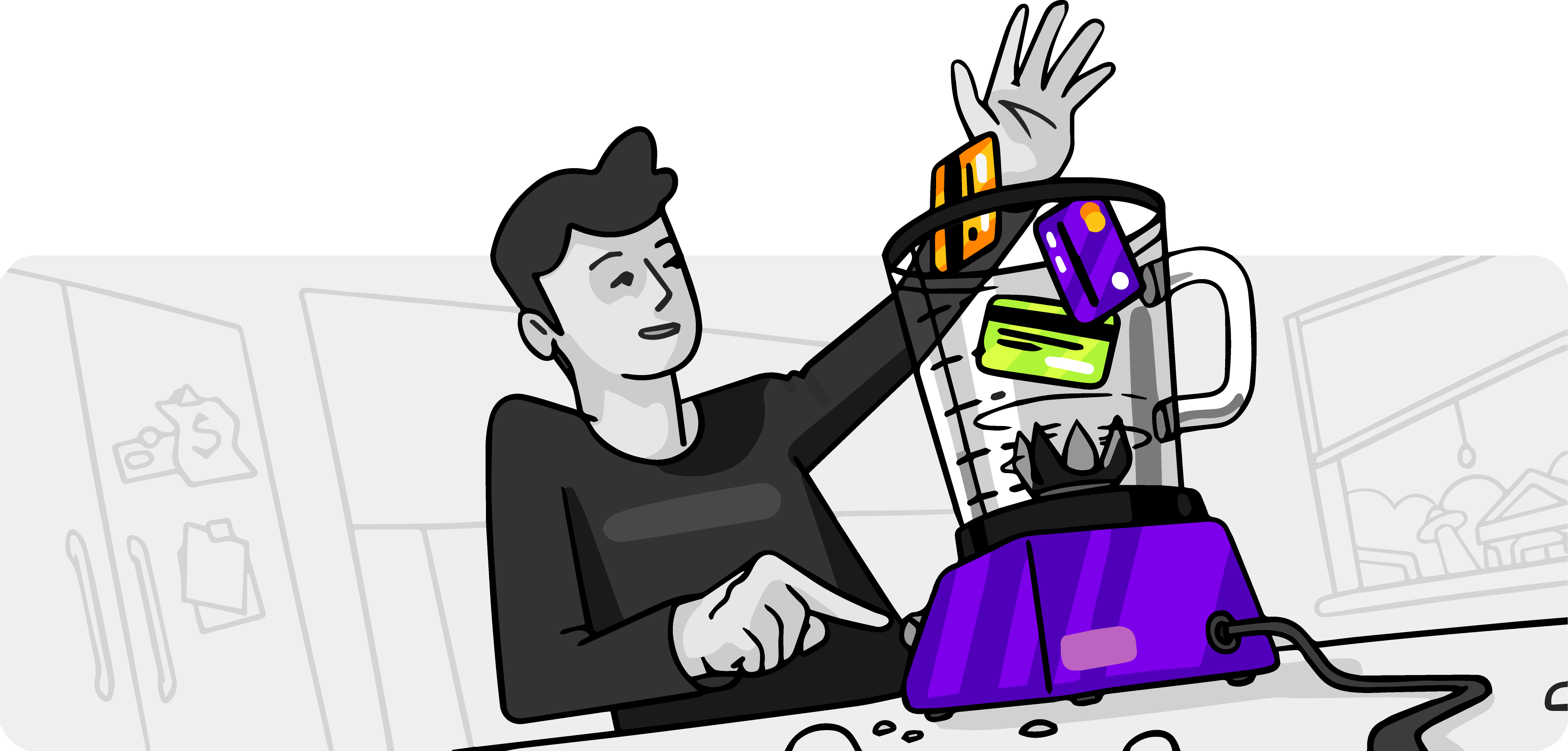How does refinancing a loan work?
Refinancing a loan, regardless of whether it’s a student loan or mortgage, is basically trading your debt in exchange to get a new one.
This is how it works It’s simple: you get the loan again (likely with a lower interest rate or duration) and then pay off the loan you had previously taken out. Then, your old account should be shut down and you’ll be able to make payments to the new lender.
There are numerous good advantages for you to consolidate debt for example, finding a higher rate of interest that can result in lower monthly payments, or freeing cash by changing to a long-term loan and consolidating debts changing from a variable rate to fixed rates.

Are you having trouble getting out the burden of financial obligations?
Credit cards can be quite costly. If you’re struggling to get out of financial burden, you may be interested in exploring options for consolidation options.
Particularly if you’re carrying balances on several cards A personal loan could reduce interest rates and help you manage your finances better by providing you with only one, set monthly repayment.
In contrast to credit cards with lower monthly payments, which essentially allow you to make your debt last forever Personal loans have the option of a fixed end date. If you’re looking for accountability and the pressure to settle your debts on a specific date and have a fixed repayment schedule, personal loans can be beneficial.
Reconciling credit card debt a personal loan
Pros
- Flexible, with no restrictions in what they can be used for.
- Credit cards have lower average APRs than cards designed for those with good credit.
- There is no collateral required for personal loans (unlike the auto and home loans).
- Consolidation of several debts into one fixed monthly installment helps in managing and budgeting your finances.
- You can get access to large amounts quickly by using online application procedures.
Cons
- The interest rates may exceed those of credit card rates for those who have low or fair credit scores.
- Certain lenders charge fees or penalties for repaying the loan in advance.
- Most lenders will not accept terms less than one-year.
- A higher monthly payment (compared to the minimum amount for credit card payments) implies a lower cash flow per month.
- Could cause credit card abuse and a further plunge into debt.
Student loans
For the academic year 2021-2022 the tuition and fees climbed to an average of $38,070 in four-year non-profit private universities According to The College Board.
In the case of most Americans seeking a degree the need for student loans has been essential.
The federal government as well as private lenders offer a range of loans for college parents and students such as direct loan subsidized Direct unsubsidized loans direct plus loans, and private loans.
Federal vs. private student loans
Federal student loans
Federal loans for students are subsidized by the federal government. The first step to obtain one is to complete an free application of Federal Student Aid, or FASFA.
A FAFSA can help you to avoid loan debt altogether, since the form can also be an avenue to grant applications or scholarships, as well as work-study programs (where the money isn’t required to be returned).
If you have to opt for a federal loan it’s quite easy to get. The borrower will not have to undergo an examination of their credit score or to locate a co-signer.
However the limitations for federal loans may be somewhat confusing.
Private student loans
These loans can be provided by banks however the process of applying is more complex. The lender will examine your credit score and earnings, and will likely require a parent is able to co-sign the loan.
Private loans are subject to variable rates that may increase over the course of the loan. Additionally, the interest could not be tax-deductible. Contrary to this federal student loans have fixed rates of interest, and interest can be tax-deductible.
It’s not necessary to begin making payments on federal loans until you graduate, however, private loans typically will require you to begin paying back your loan while you’re in the school.
The maximum limits on private loans differ based on the lender.
Further: Pay off your student loans faster
Finding out the amount you can qualify for
The amount you can take out through the Federal Student Loan Program is contingent on the type of degree you have and if you’re dependent upon your parents.
The typical undergraduate has access to anything from $5,500 to $12,500 in a single academic year. Grad students could get up to 20500 dollars per year.
The federal student loan lifetime maximum is $57,500 for undergraduates, and $138,500 for professional and graduate students.
For private student loans the amount you are able to get is determined by what the loan provider’s estimation of the ability to repay the loan.
Remember to keep track of the importance of
Federal student loans have fixed interest rates that are announced each July. These rates aren’t subject to change during the duration of the loan. Interest accrues daily.
Be aware that the interest rate for Federal loans have been set at 0% since the beginning moments of the outbreak in the year 2020, and is set to remain at 0% until Dec. 31st 2022.
This being said that, here are the typical rates for student loan provided by government agencies of the U.S. government:
The amount of interest you pay on private student loans will usually be higher than the interest you pay on a government loan. But, if there is a chance that you have a high rating on your credit or a strong bank connection, you may be in a position to negotiate an interest rate that is lower.
Refinancing your student loan
Refinancing your student loan similar to refinancing other kind of loan: You get the loan again with lower interest rates then apply it to repay your current debt. After that, you begin making monthly payments to your brand new loan.
It could appear that you’re swapping the one loan for another. However, refinancing to lower rates could allow you to repay your debt quicker and reduce the cost of interest.
Let’s say you have a balance of $20,000 on student loans, with an interest rate of 8 and 15 years left in your loan.
If you decide to refinance the loan with 12 years at 4.25 percent, you’d pay less than $17 per month to pay off your debt before three years and save $11,046 on interest.
It’s worth noting that changing between a Federal student loan and a Private one will mean you aren’t eligible for government assistance, such as the COVID-19 freeze, which resulted in payments being stopped for a period of two years. However, if you’re an existing private loan, there’s nothing to worry about.









Leave a Reply